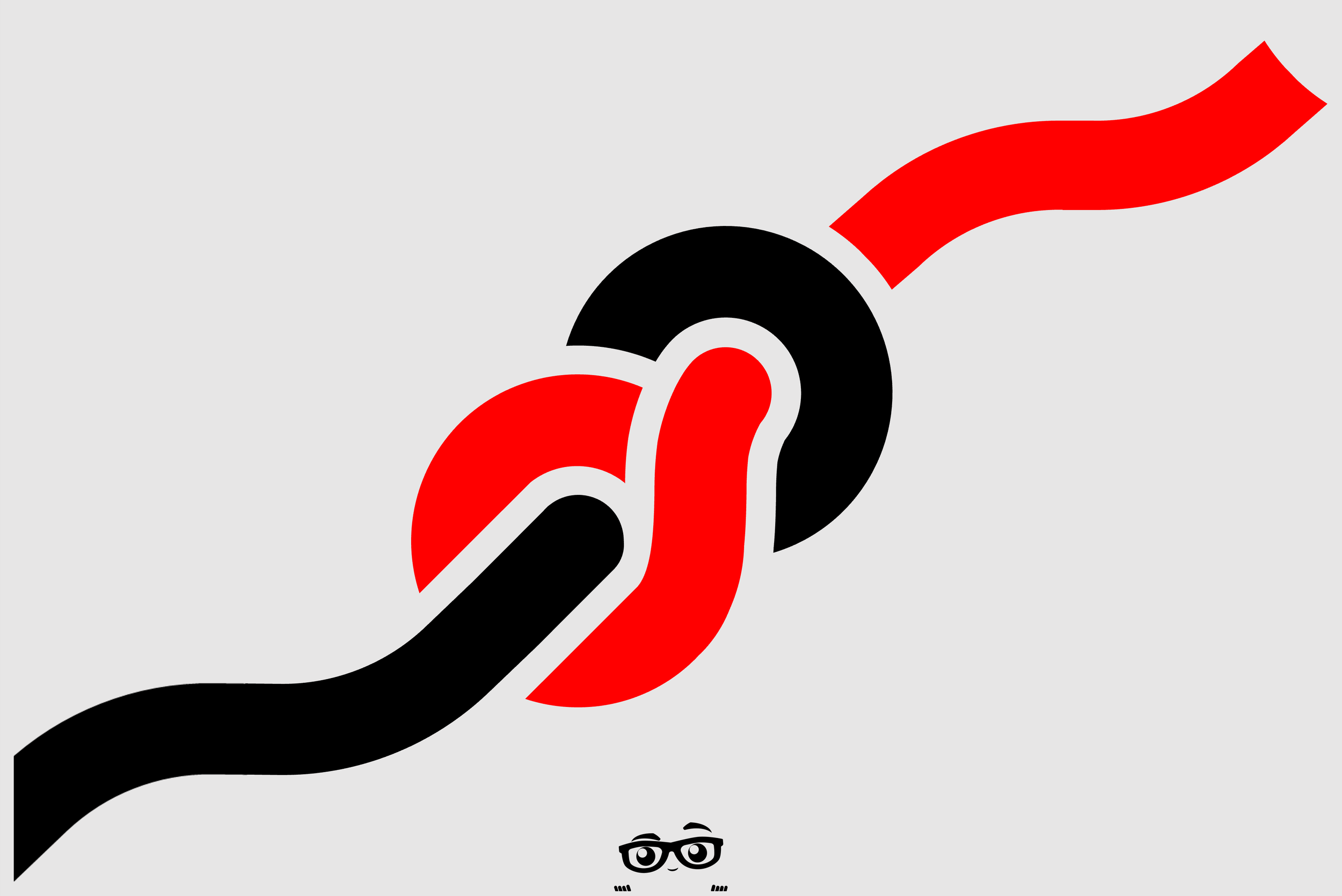Set Up Patient In Eaglesoft With Dual In-Network Insurance Plans
So, you’ve set-up fee schedules and everything is working great.
Then, a patient comes in with dual coverage!!!! Ugh!!!!!
Here is a workaround:
You will need to create a NEW employer (A duplicate of the one you already have) with two exceptions:
1) Make the name exactly the same but use the phrase “Non-Par” after the name. This lets you know that this plan will NOT adjust fee because…
2) Do NOT attach a fee schedule OR Coverage book to this duplicate employer.
So, let’s say Mr. Smith works for Conseco Construction and has Worldwide Dental (and your office is a provider). Now you find out Mr. Smith has a secondary plan through his wife. She works for your local school board. Her coverage is not a plan you participate with.
Here’s what to do:
1) Switch Mr. Smith’s Primary Employer plan to the newly created “Conseco Construction - Non-Par”
2) Add Mrs. Switch as his Secondary plan.
Now when you process claims for Mr. Smith, services will NOT be written off (from a fee schedule or coverage book). AFTER the secondary claim is paid, you can do the write-off if needed.
This rule applies if one plan is PPO or both plans are PPO and does NOT apply to “Supplemental” Dental Plans (example AFLAC) as a SEP.
The is NO "correct" Way to predict co-pay using Fee Schedules attached to Employers in Dual In-Network Coverage (DINC).
- Scenario 1: Patient has DINC and Primary Allowance (PA) is higher than Secondary Allowance (SA). The Estimations will be based on the Higher Allowance and would incorrect after COB
Example: Crown is $1,000. PA is $800. SA is $750 then Estimated insurance is $400 (50%). Prim pays, $400, Secondary Pays $375. There is $25 to write off AFTER COB.
- Scenario 1: Patient has DINC and Primary Allowance (PA) is Lower than Secondary Allowance (SA). The Estimations will be based on the Lower Allowance and would correct after COB for THIS Service Code *
Example: Crown is $1,000. PA is $750. SA is $800 then Estimated insurance is $375 (50%). Prim pays, $375, Secondary Pays $375. There is $0 to write off AFTER COB (depending on the COB method of the Secondary).
*This method works "great" if ALL Allowances of the Secondary ARE ACTUALLY lower than Primary. If even one Service Code Allowances is higher on the Primary Fee Schedule than the Secondary, then this method is flawed.
There are many different types of COB. My expertise if not “Insurance” but Insurance set up in Eaglesoft. So I’ll use these examples to demonstrate why I set up Eaglesoft for DINC the way I do.
Traditional COB - Traditional COB gives the Policy Holder up to 100% of total Allowable Fee from a combination of BOTH the Primary Employer plan (PEP) and Secondary Employer Plans (SEP).
Example of DINC using Traditional COB: Crown is $1,000. Lowest Allowable is $750. Primary Pays $375. Secondary Pays up to 100% of total Allowable Fee so $375. Patient Co-Pay is $0
Non-Duplication COB – This COB dictates that IF the Primary paid the same OR more than what they would have paid if they had been Primary, then there is NOTHING due from the SEP.
Example of DINC using Non-Duplication COB: Crown is $1,000. Lowest Allowable is $750. Primary Pays $375. Secondary would have paid $375, which has been paid by Primary, therefore there is NOTHING due from the Secondary. Patient Co-pay is $375.
Maintenance of Benefits – In the case of a MOB the submitted charge is reduced by the amount the PEP has paid, and only then does the SEP apply the Deductible and Co-Insurance criteria.
Example of DINC using MOB COB: Crown is $1,000. Lowest Allowable is $750. Primary Pays $375. Secondary considers $750 - $375 = $375 and pays 50% of the reduced amount ($375) = $187.50. Patient Co-pay is $187.50.
I have NOT calculated Deductibles into any of my examples, but you might have to.
The question comes up: “Can you put the lowest of the two allowances in the Patient Preferences?” You could but there are two reasons I'm not a fan of Fee Schedule in Patient Preferences.
1) This process requires "oversight". If that Patient leaves an Employer, it requires that "someone" manually remove the Fee Schedule from the Patient Preferences. In a small practice where one person manages the Employers/Patients then, Ok. But l large practices where lots of people are involved, Nope. Too many hands in the pot. As you can see from the posts in the Eaglesoft Field Guide, Fee Schedules/Coverage Books/Employers/Insurance Companies are always "messed up".
2) There are situation where the “lowest of the two allowances” might not have ALL fee be the lowest. Say in plan 1 the allowance for Crowns if $825 and Extractions are $178 and in plan B the Crown is $820 and Extractions are $199. Then the Fee Schedule in the Patient Preferences is not a good solution.
In COB calculations there are “rare” situation where the Patient might actually be due a refund after both plans have paid. This can happen with a Supplemental Plan (like AFLAC) where a Standard Fee is $100 and the Primary Pays (say) $94 and the supplemental pays $10 regardless of Primary payment. The Patient is due the $4 credit.
Good luck on the journey and remember that the Great Pyramid was built one stone at a time.
DISCLAIMER:
This is a resource guide and all decisions on each dental office setup should remain the sole decision of the dentist/owner of the practice. Eaglesoft is a registered trademark of Patterson Dental Company. All other software or products mentioned are the property of their respective owners. Although Andre Shirdan was an employee of Patterson Dental, he is not associated with Eaglesoft or Patterson Dental Company or endorsed by Patterson or any other Company Mentioned in this blog



